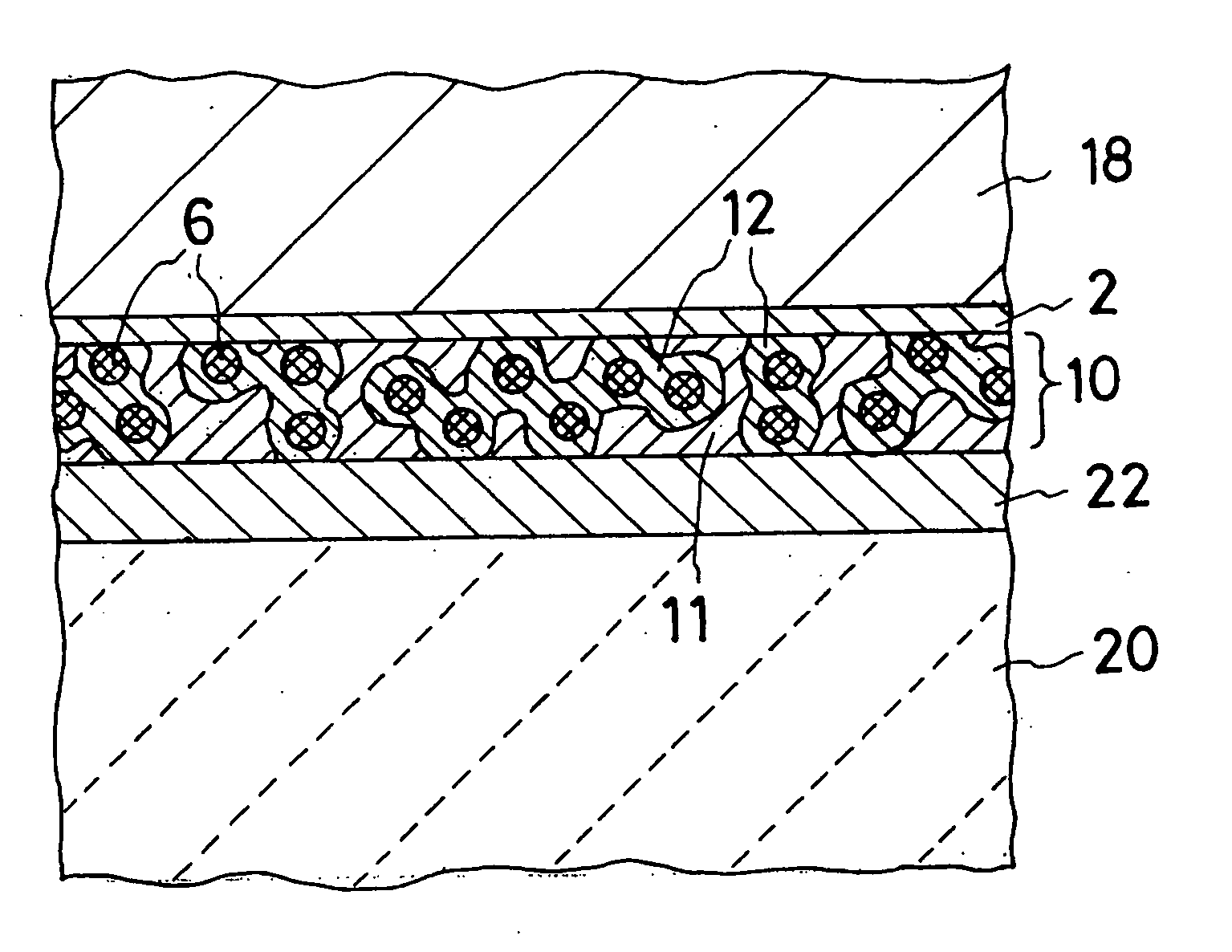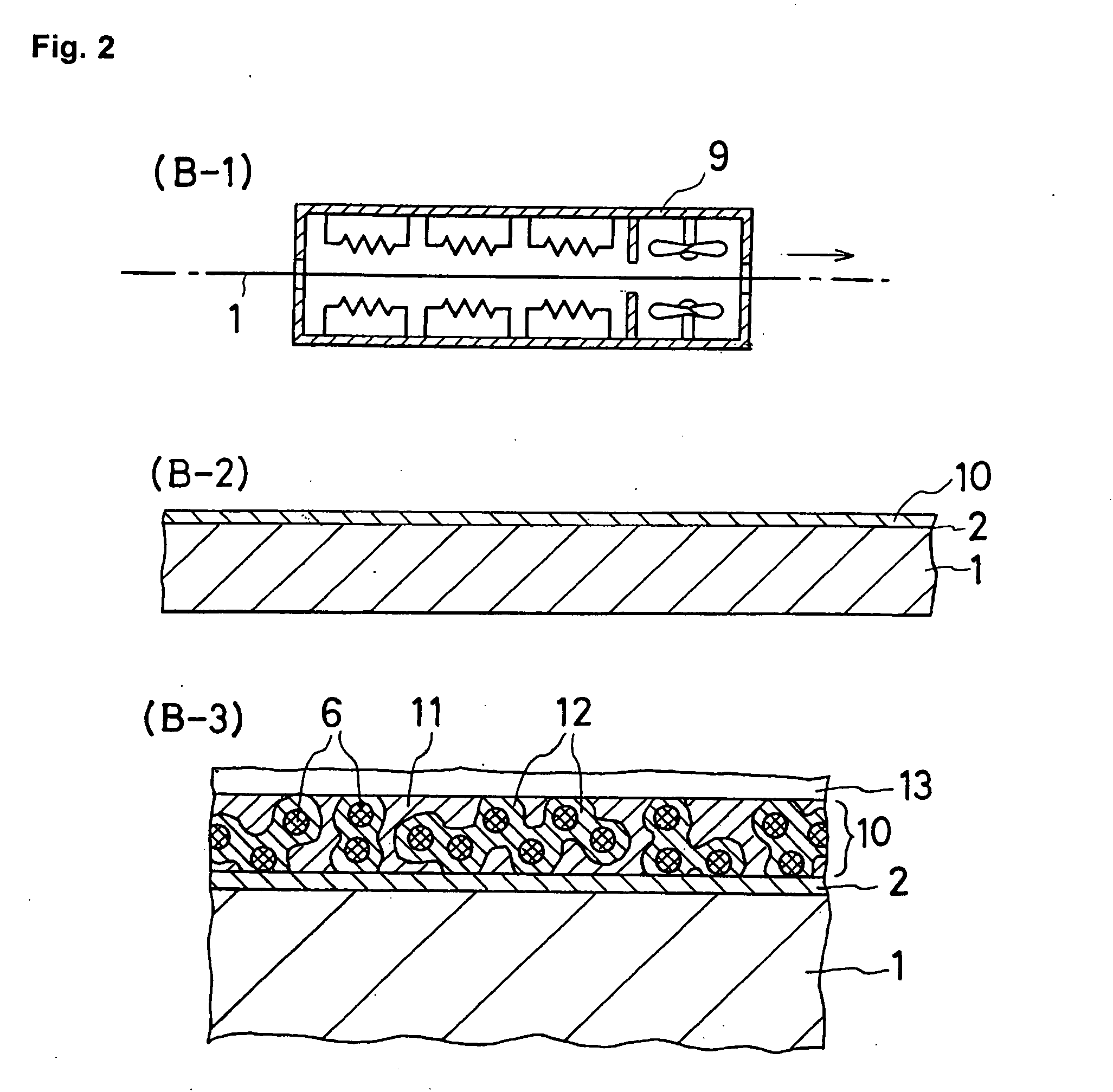Lid for a functional part and a process for its manufacture
a functional part and lid technology, applied in the field of lids, can solve the problems of poor solderability of lead-free solders compared to pb-based eutectic solders, relative brittle package destruction or cracking, and poor soldering performance of lead-free solders, etc., to achieve poor soldering performance, simple manufacturing, and functional
- Summary
- Abstract
- Description
- Claims
- Application Information
AI Technical Summary
Benefits of technology
Problems solved by technology
Method used
Image
Examples
examples
[0063]A process for manufacturing a lid according to the present invention was carried out as illustrated in the drawings.
[0064]FIGS. 1-4 explain the individual steps in a process for manufacturing a lid according to the present invention.
[0065]One example of a lid material in sheet form, plating for a lid, and a solder paste used in this example of a process for manufacturing a lid was as follows.
[0066]Lid material in sheet form: Kovar (strip with a thickness of 0.1 mm and a width of 40 mm)
[0067]Plating of lid material: Ni underplating (thickness of 0.1 μm) and Sn plating (thickness of 3 μm) by electroless plating
[0068]Solder paste:[0069]Pure Cu powder (Cu-based metal powder): 27 mass % (average particle diameter of 7 μm)[0070]Pure Sn powder (lead-free solder powder): 63 mass % (average particle diameter of 10 μm)
[0071]Flux: 10 mass %
[0072]Flux Composition:[0073]Resin (polymerized rosin): 56 mass %[0074]Activator (diphenylguanidine HBr): 1 mass %[0075]Thixotropic agent (hardened ca...
PUM
| Property | Measurement | Unit |
|---|---|---|
| solidus temperature | aaaaa | aaaaa |
| thickness | aaaaa | aaaaa |
| temperature | aaaaa | aaaaa |
Abstract
Description
Claims
Application Information
 Login to View More
Login to View More - R&D
- Intellectual Property
- Life Sciences
- Materials
- Tech Scout
- Unparalleled Data Quality
- Higher Quality Content
- 60% Fewer Hallucinations
Browse by: Latest US Patents, China's latest patents, Technical Efficacy Thesaurus, Application Domain, Technology Topic, Popular Technical Reports.
© 2025 PatSnap. All rights reserved.Legal|Privacy policy|Modern Slavery Act Transparency Statement|Sitemap|About US| Contact US: help@patsnap.com



